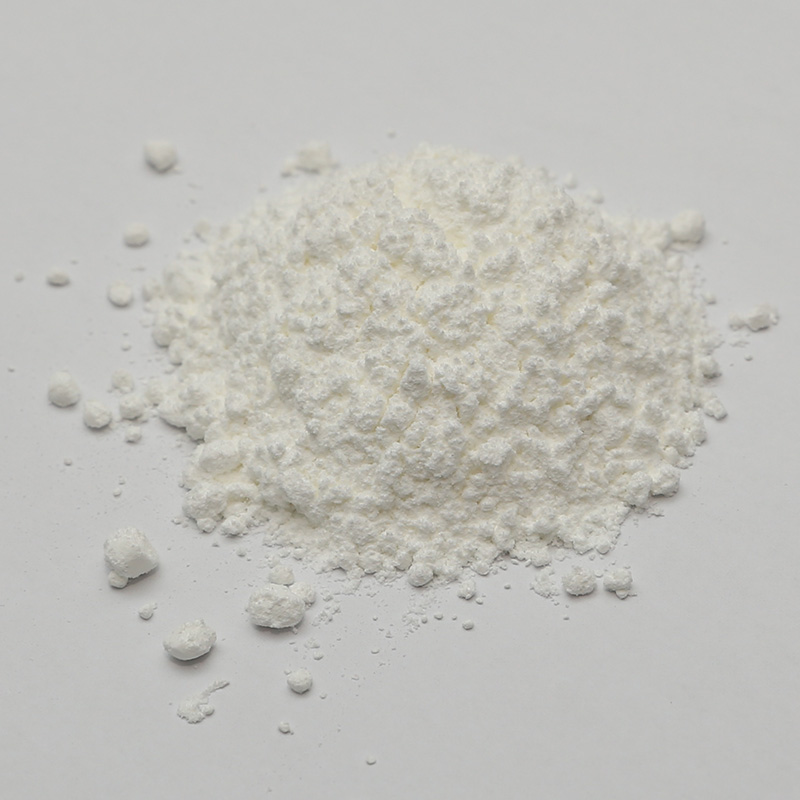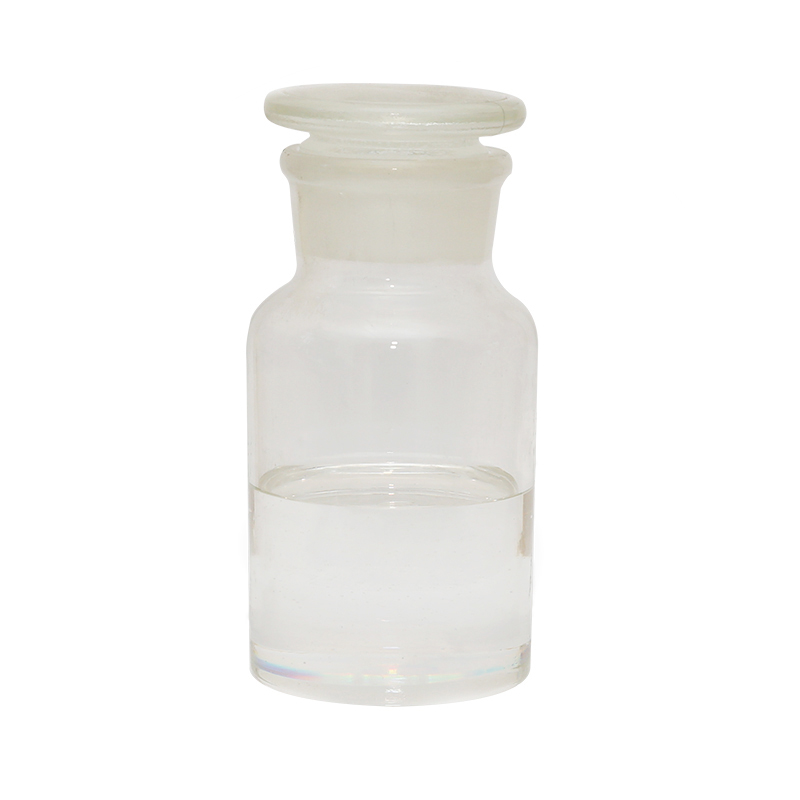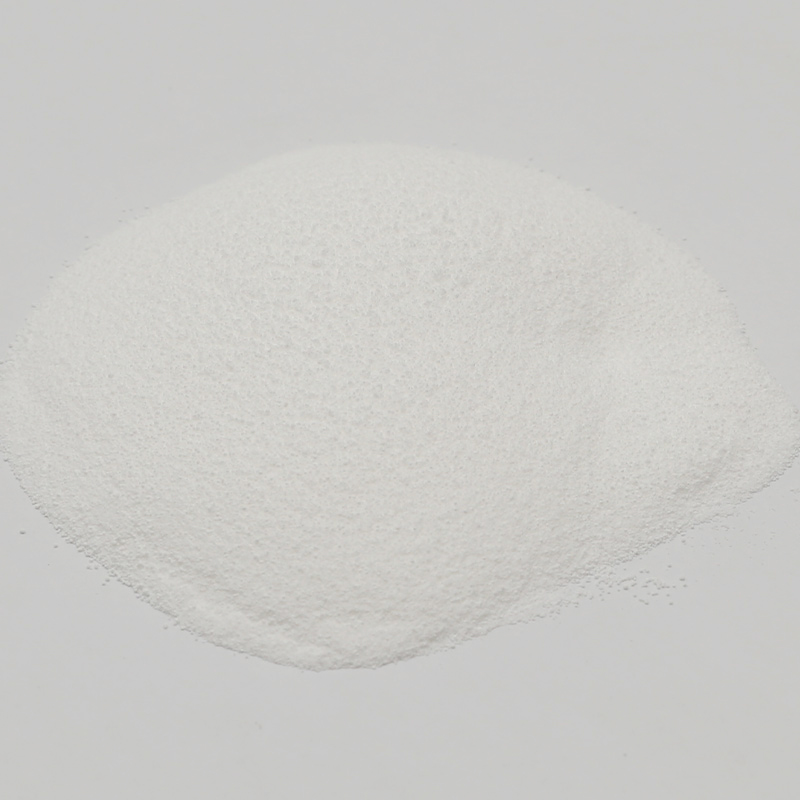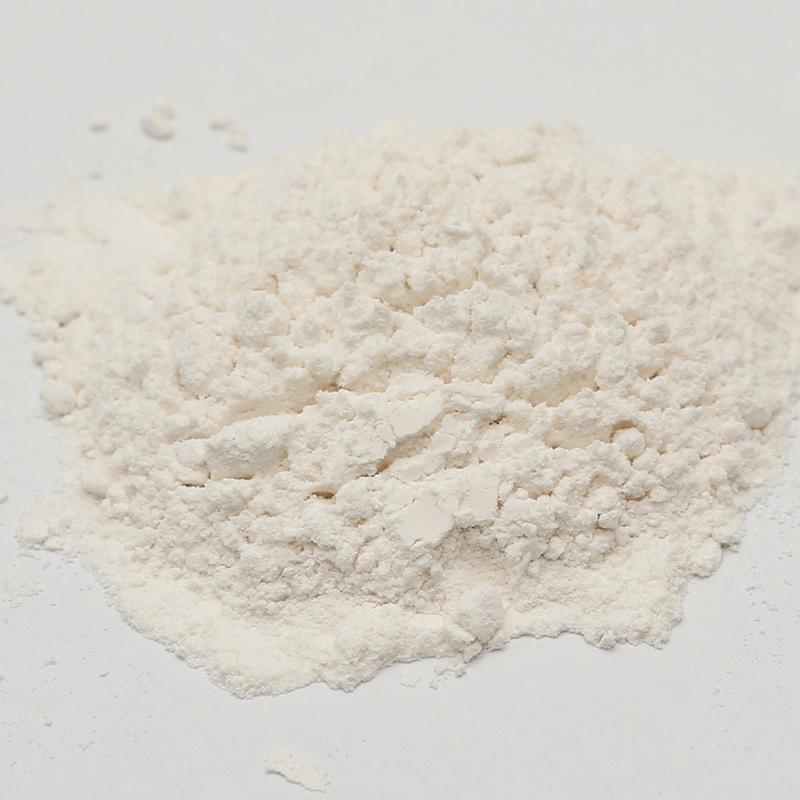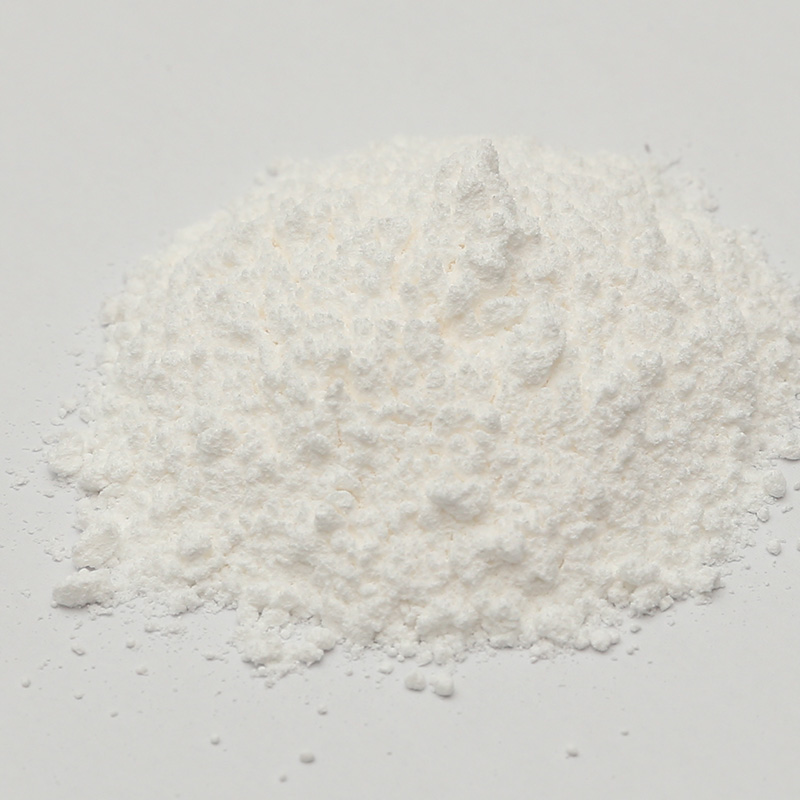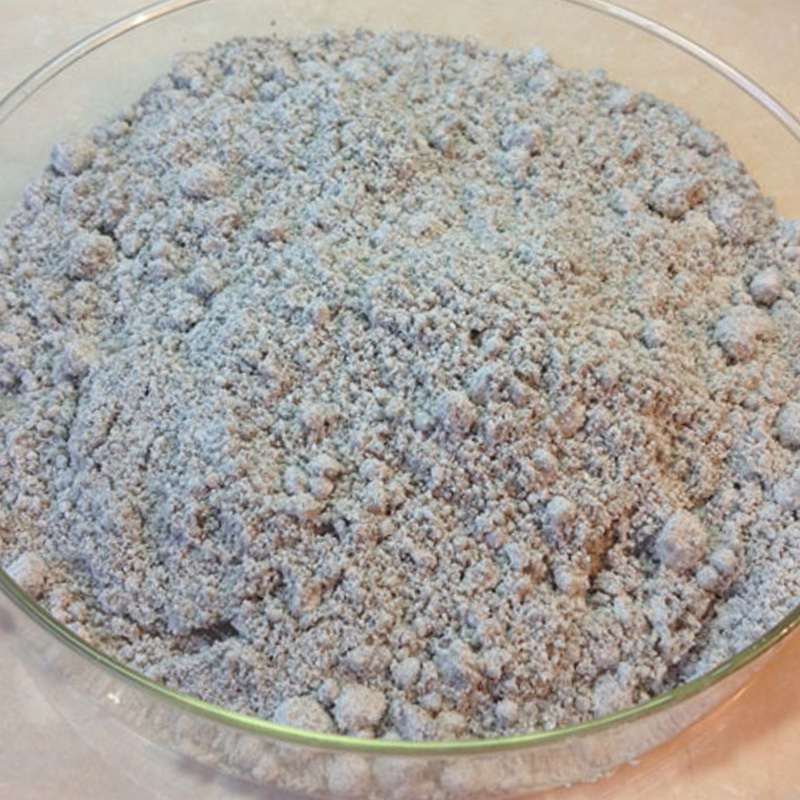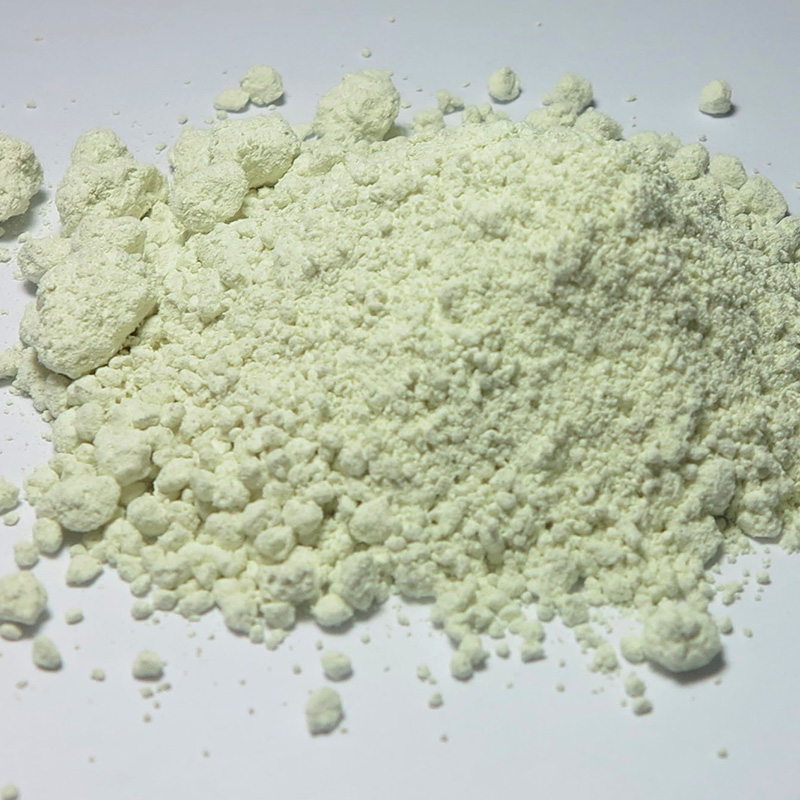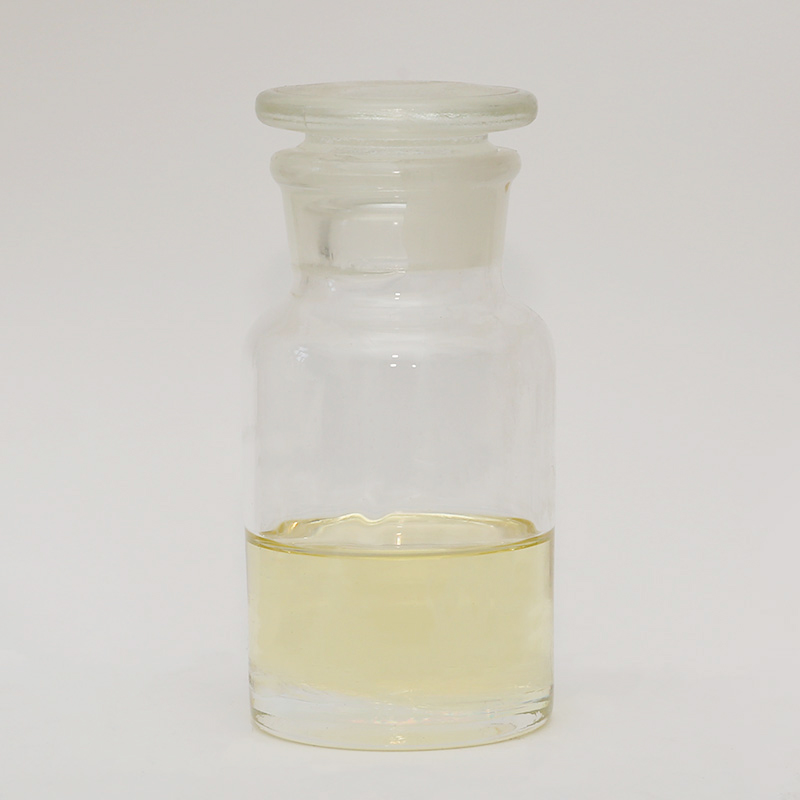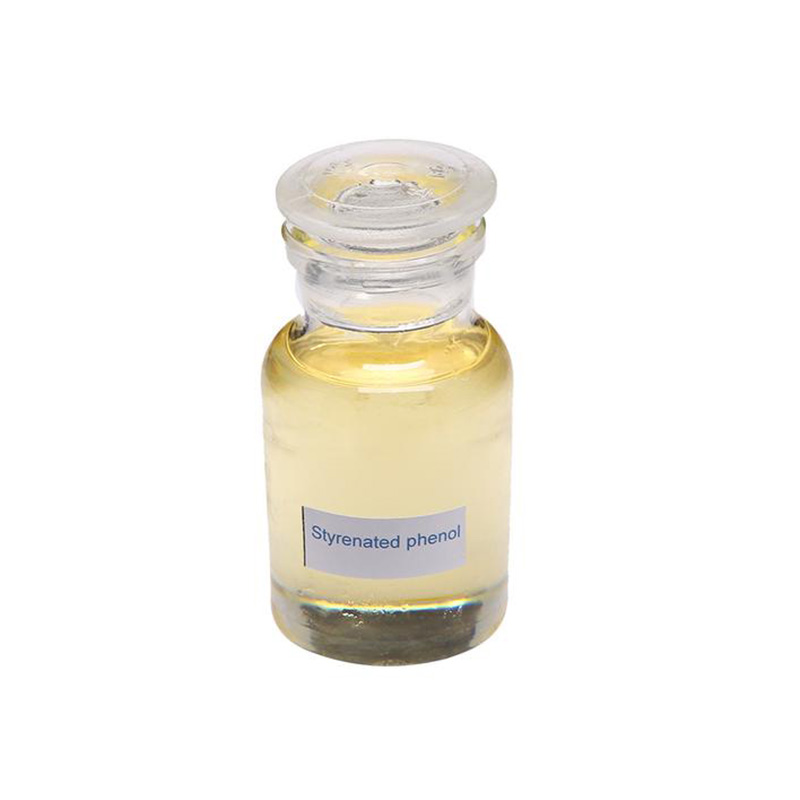Rubber additives play a fundamental role in the manufacturing of rubber products, particularly in the automotive and industrial sectors. The primary purpose of Rubber Additives is to enhance the performance, durability, and longevity of rubber materials, ensuring they meet the demanding requirements of these industries. Without the use of the right additives, rubber products would be prone to degradation, wear, and failure, which can be detrimental in applications where reliability and safety are paramount. This article explores why China Rubber Additives are critical in the automotive and industrial rubber industries.
One of the important functions of Rubber Additives is to improve the durability and performance of rubber materials. In the automotive and industrial sectors, rubber products are often exposed to severe conditions, such as high temperatures, heavy loads, and chemical exposure. Such as antioxidants and antiozonants protect rubber from the effects of oxidation and ozone degradation, which can cause cracking and brittleness over time.
For example, automotive tires are exposed to heat, UV light, and ozone during use. Without antioxidants, the rubber would deteriorate much faster, resulting in premature wear and failure. Similarly, industrial rubber components like gaskets, seals, and hoses must withstand harsh chemicals and high-pressure environments. By using the appropriate Rubber Additives, manufacturers can enhance the lifespan and reliability of these products, reducing the need for frequent replacements and reducing downtime in industrial operations.
In many applications, the flexibility of rubber is essential to ensure proper performance. Rubber products must remain pliable to function correctly, whether they are gaskets, seals, or flexible automotive parts. Plasticizers are one type of Rubber Additives that improve the flexibility and workability of rubber by lowering its viscosity. By adding plasticizers, manufacturers can make the rubber easier to process during production, allowing it to be molded, extruded, or shaped with greater ease.
Rubber products used in the automotive and industrial sectors are often subjected to high temperatures and abrasive conditions. Curing agents, or vulcanizing agents, are Rubber Additives that facilitate the crosslinking of rubber molecules during the vulcanization process. This process enhances the rubber’s elasticity, strength, and heat resistance, making it more suitable for high-performance applications.
For example, rubber components in automotive engines, such as timing belts and engine mounts, need to maintain their integrity in high-heat environments. The use of vulcanizing agents ensures that these parts can resist degradation, stretching, or shrinking when exposed to elevated temperatures. Similarly, industrial rubber products like conveyor belts or seals used in machinery must endure constant wear and pressure. By improving the rubber’s resistance to heat and abrasion, Rubber Additives help ensure that these products remain functional over time, reducing the frequency of maintenance or replacements.
Safety is always a top priority in automotive and industrial applications, and Wholesale Vulcanised Rubber Products, such as flame retardants, play a crucial role in ensuring that rubber materials are fire-resistant. In environments where fire hazards are a concern—such as in automotive engines, electrical wiring, or industrial machinery—flame retardants help to reduce the flammability of rubber components.
The automotive and industrial sectors are increasingly focusing on sustainability and reducing their environmental impact. Rubber Floor Adhesive Factory plays a role in improving the sustainability of rubber products by enhancing their resistance to wear and degradation, which ultimately reduces waste.
Rubber Additives are essential in the automotive and industrial rubber industries because they enhance the performance, durability, and safety of rubber products. Whether it is improving heat resistance, increasing flexibility, enhancing wear resistance, or ensuring fire safety, the right ones are crucial for meeting the demands of these high-performance sectors. These additives also contribute to cost-effectiveness, sustainability, and customization, making them integral to the continued development of advanced rubber products. As technology advances and new challenges arise, the role of Rubber Additives will continue to be vital in ensuring that rubber materials meet the ever-changing demands of the automotive and industrial industries.



 English
English Português
Português Español
Español русский
русский 中文简体
中文简体